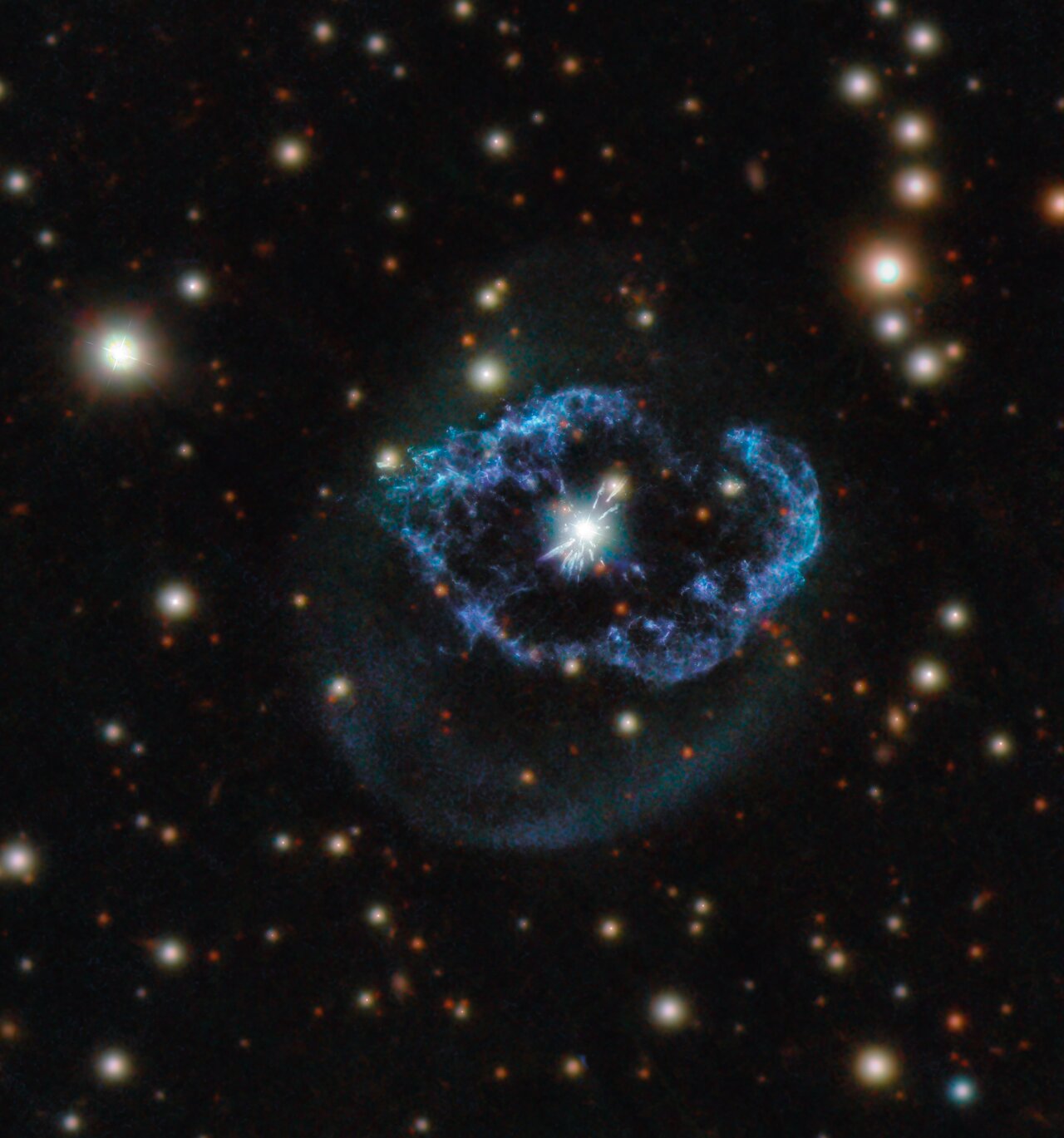Robert Duncan-Enzmann
As soon as ships are built that can traverse interstellar distances above 959c colonization will explode. Robotics computers and resource glut will mean at least 10,000 starships moving out per year. Fascinating destinations to the edge of the galactic disc abound.
Numbers of Landfalls:
3 parsec 10 light year zone: 12 stars
5.5 parsec 18 light year zone: 96 stars (about 8 are white dwarf stars, others are yellow G sun-like, orange K cool sun-like, M crimson cold sun-like)
11 parsec 36 light year zone: 664 stars
15 parsec 49 light year zone: 1600 stars
31 parsec 100 light year zone: 16,000 stars
62 parsec 200 light year zone: 160,000 stars
125 parsec 400 light year zone:240,000 stars
250 parsec 800 light year zone: 2,000,000 stars
310 parsec 1000 light year zone: 6,000,000 stars
Total major and minor colonies: 6,420,000 in 300 years
It is 30,000 light years to the center of the Milky Way and 2,000 light years from the upper surface of the galactic disc to the lower “surface of the galactic disc.
Probability of Earth-like planets, or at least planets with breathable atmospheres:
Parent stars
unlikely around type 1 stars – too hot, too short-lived
likely around type II stars – just right = man galactic population
Likely around F G K M stage type II stars
Consider photon-life zones around F G K M stage type II stars
And consider ERG (early red giant) ignition which will generate rocky terrestrial-type bodies
K and M stars are more abundant so most planets will be cold, but nevertheless livable.
Without a moon (doublet like Earth-moon) oceans could dominate over continents, in fact, planets could be quite Earth-like but with a few island-like land areas in universal oceans
Life on an island world could be enchanting, timelessly beautiful, eternal lotus lands
Cold dusty planets with rare salty ponds and springs gushing or trickling hot, warm, and freezing brine would be common, the air would be breathable, water would be precious
life could be dreamlike on a vast windy planet-wide desert with occasional snug oases. People on such a planet might well be semi-nomadic and compelled to travel yet again to yet other stars.
Possibilities abound. Check out the Starships magazine for innovation in star travel! Click here for the eMagazines!





